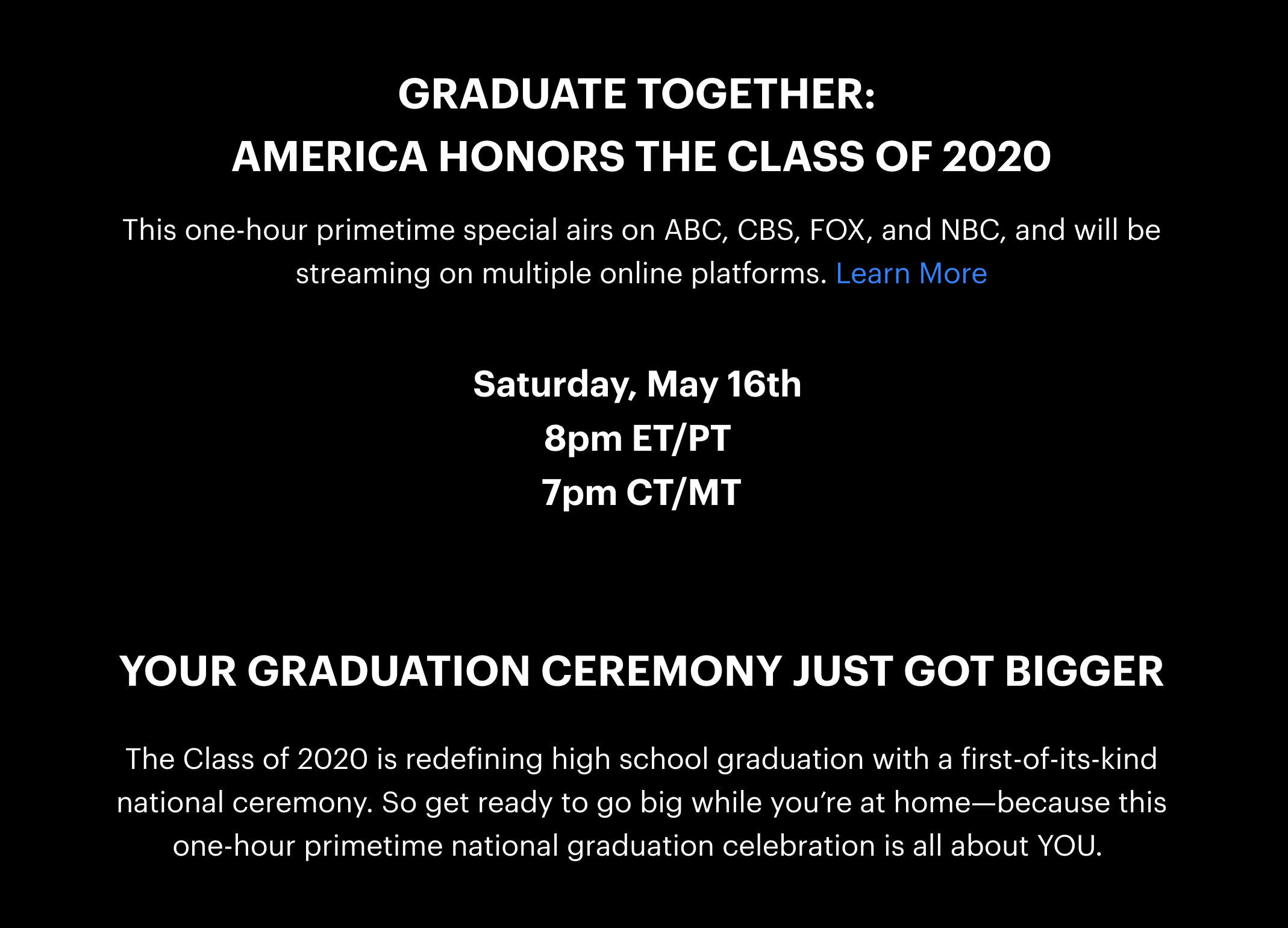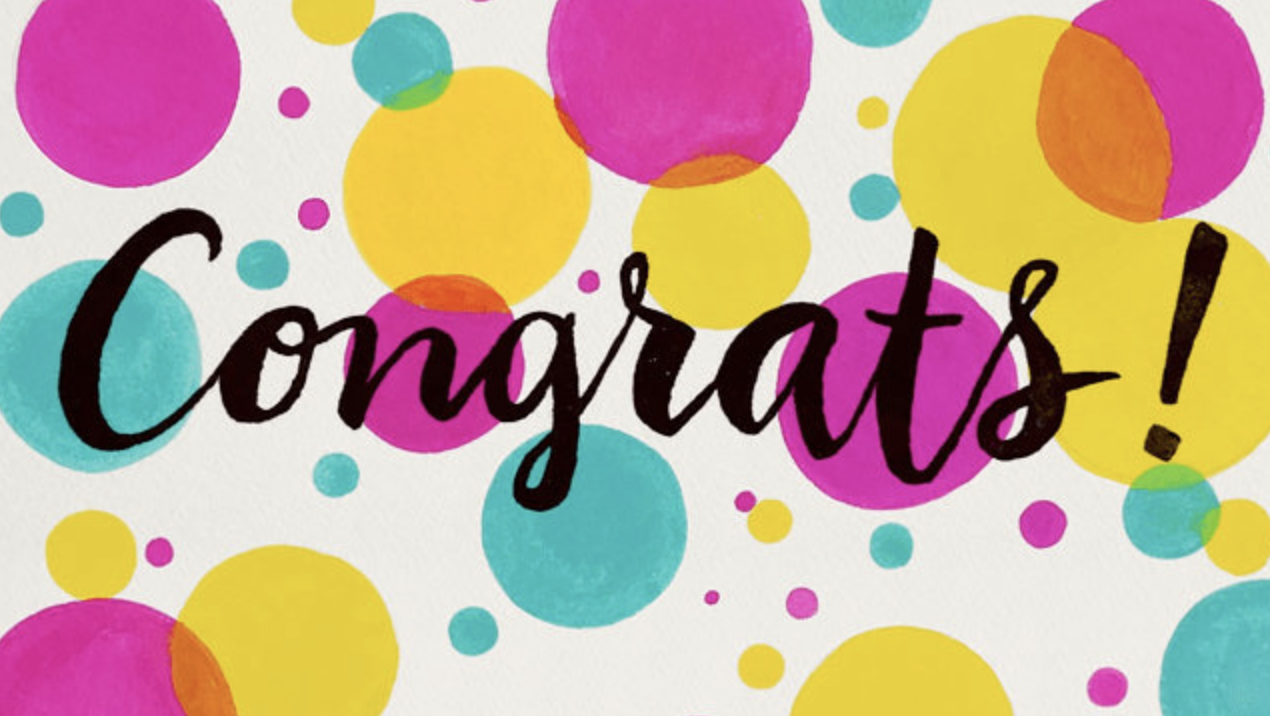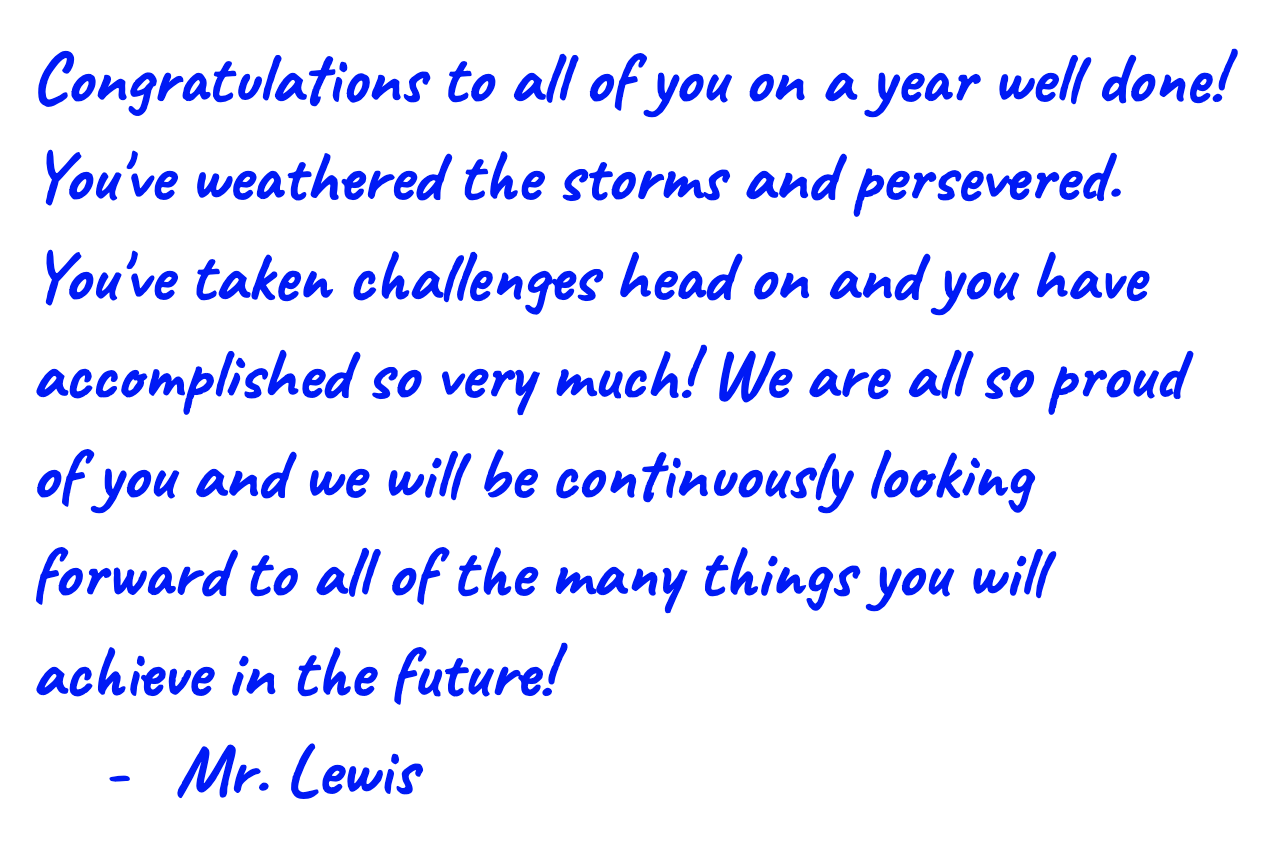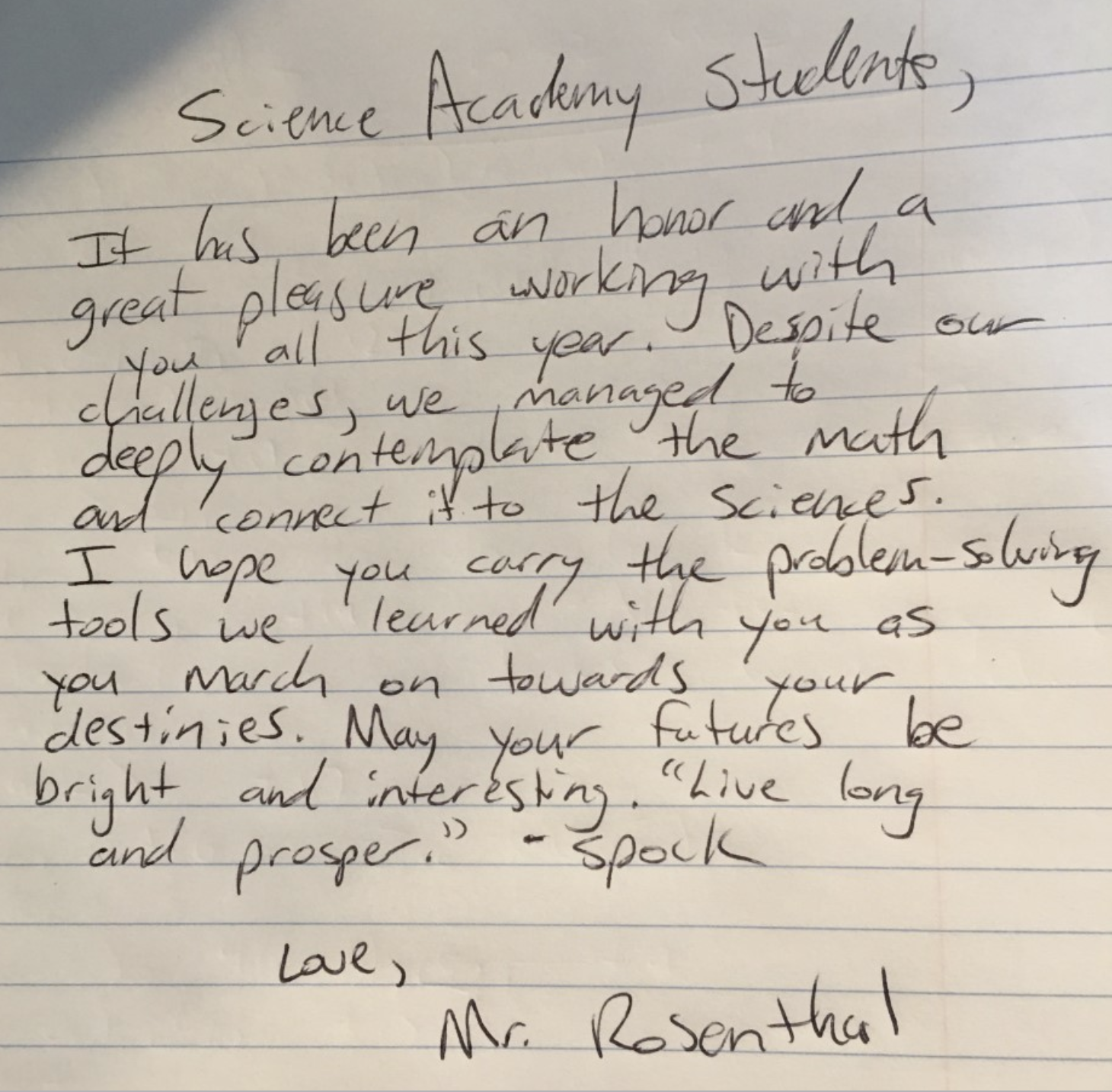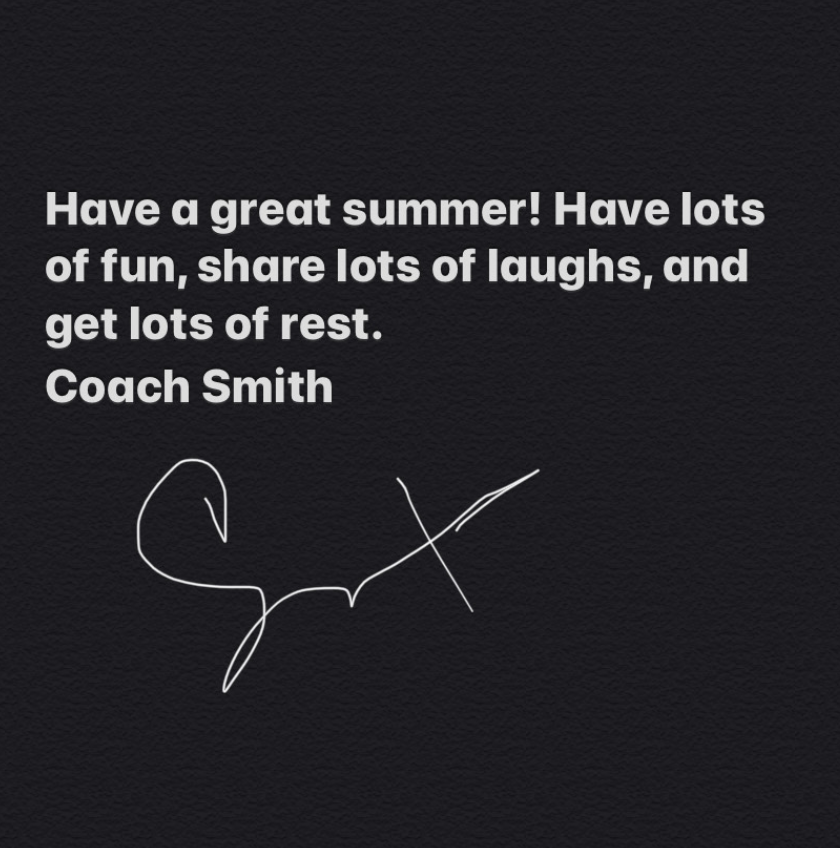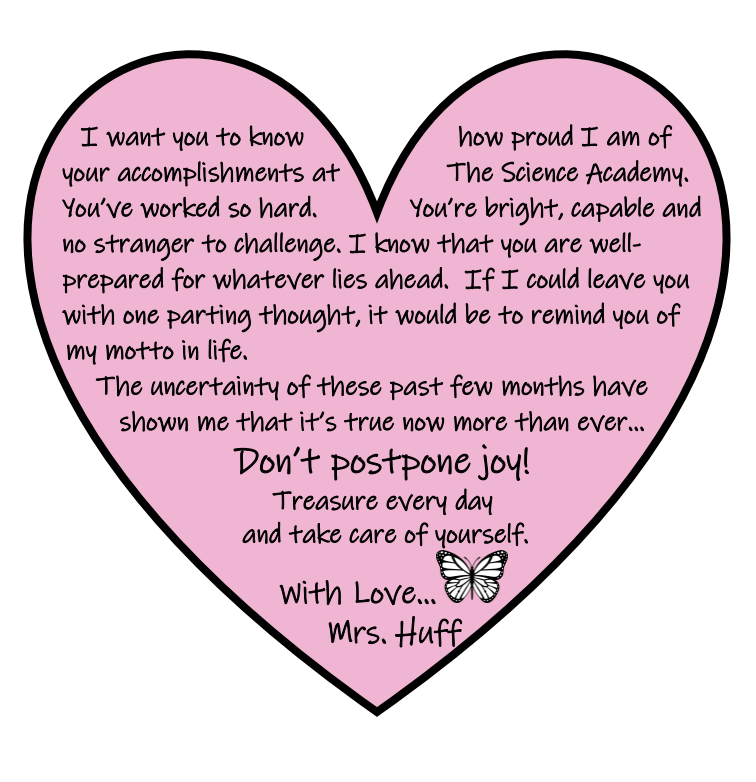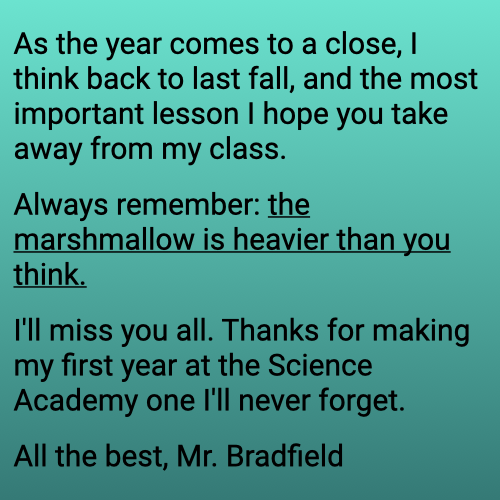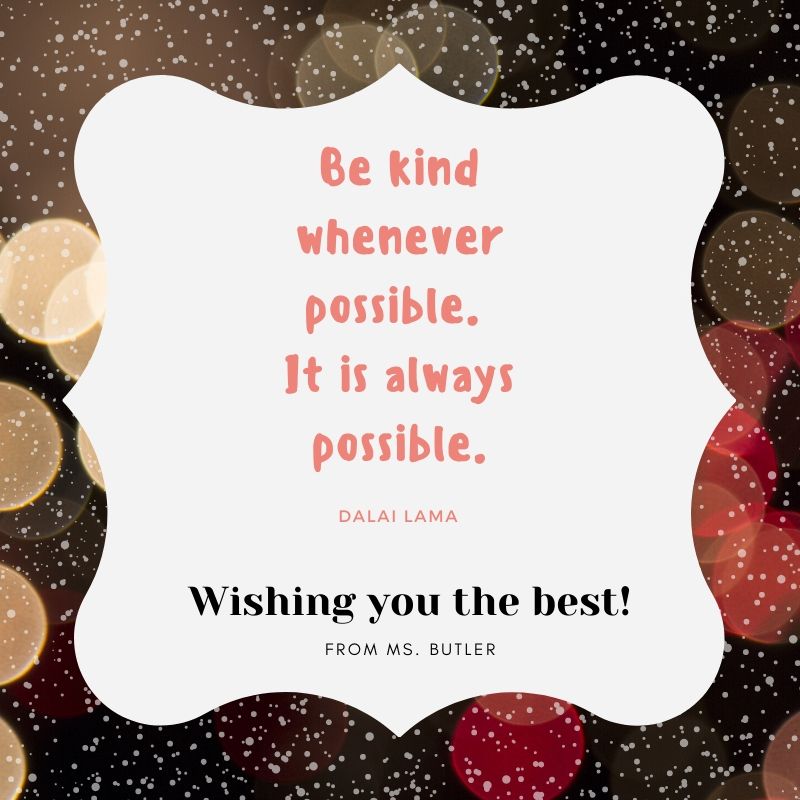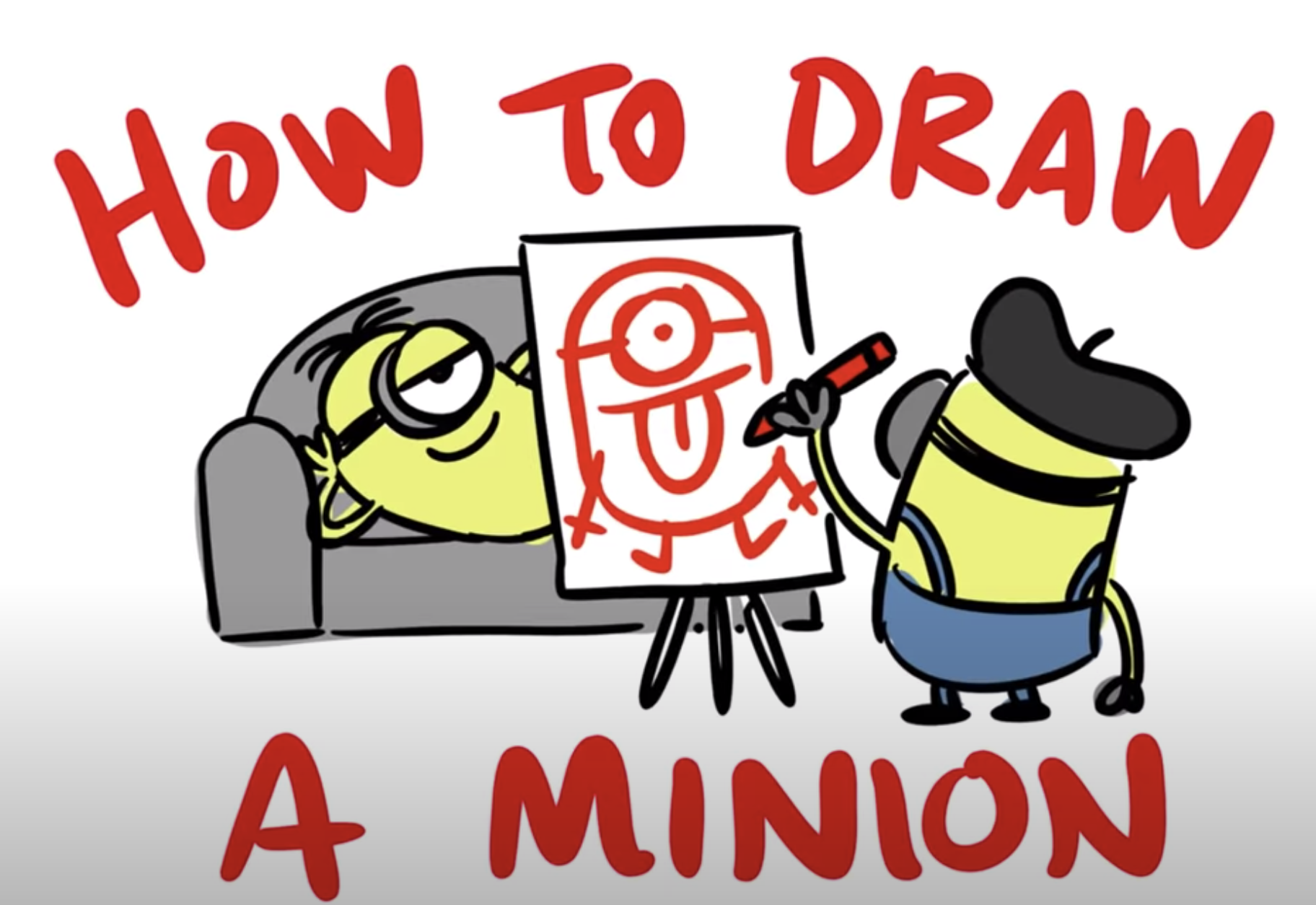
The Science Academy: Guinness World Record Contender?
by Desmond Devine
Is Our School the Smartest?
Believe it or not, our school has been nominated for a new Guinness World Record, which will be recorded for the 2024 Guinness World Records and released in September 2023! The record in question is the “Smartest School” designation, awarded for a number of factors such as GPA, test scores, and the relative difficulty of the curriculum. If our school wins the award, it will receive a grant of $100,000 or more, and, as discussed in the last Coffee with the Principal, our school is making big plans with what to do with a hundred grand.
The beginning of the next school year marks five years of sharing a campus with East Valley, so we are going to go big. Many events are planned for next year, and our campus could undergo major renovations. As our ASB President Zahra R. states, “Our school has plenty of fun events and the like, but I think we deserve more for our test scores. [This award] will also benefit the East Valley students so that makes it especially important for our school.” I couldn’t agree more. ASB and the last CWtP have given me insight into the specifics of these ideas, which I will highlight in this article. All plans are subject to change, although there is a chance that this cash will be mainly set aside for our ever-growing Robotics Team and Porto’s pastries for the teachers.
Bringing back the Vending Machines
Newer students most likely have never heard of this, but our school used to have two vending machines near our stairwell. They had the traditional junk food and beverages in stock, and could be accessed by faculty and students at any time. These were only present during the 2019-2020 school year, and left quickly for a variety of reasons. They broke down often, were sometimes broken into by students after hours, and provided students with unhealthy snacks. However, all of these problems will be addressed if the reliable machines make a return next year. They will be given lithium batteries from the robotics lab for extra long battery life, and will be secured in solid titanium cages, which will be locked at night and monitored during the day. Our school could possibly hire guard dogs devoted to protecting the machines, but unfortunately they would probably get some of our snacks as payment. To keep students from stockpiling Cheetos and other unhealthy choices, the vending machines will be stocked with fresh meals from our cafeteria cut into little pieces. Ever wanted a quarter-quarter pounder to nosh on during a long Chemistry lecture? Now you can, but don’t heat up your food with a bunsen burner!
traditional junk food and beverages in stock, and could be accessed by faculty and students at any time. These were only present during the 2019-2020 school year, and left quickly for a variety of reasons. They broke down often, were sometimes broken into by students after hours, and provided students with unhealthy snacks. However, all of these problems will be addressed if the reliable machines make a return next year. They will be given lithium batteries from the robotics lab for extra long battery life, and will be secured in solid titanium cages, which will be locked at night and monitored during the day. Our school could possibly hire guard dogs devoted to protecting the machines, but unfortunately they would probably get some of our snacks as payment. To keep students from stockpiling Cheetos and other unhealthy choices, the vending machines will be stocked with fresh meals from our cafeteria cut into little pieces. Ever wanted a quarter-quarter pounder to nosh on during a long Chemistry lecture? Now you can, but don’t heat up your food with a bunsen burner!
New Sports Teams
One of the plans with the hoped-for $100,000 from the Guinness World Records is that one of the baseball diamonds will be removed to make room for new Pickleball courts. While this decision will probably face opposition, ASB looks at the positives: “Pickleball is trendy so lots of people would be interested, just about everyone can play it, and also the skill floor is incredibly low. It would be good to finally have a winning team,” says Vice President and esteemed Pickleball fan Jasper M. ASB will also look into purchasing giant fans to simulate the windy conditions so often noticed in Pickleball games.
In addition to Pickleball, other future sports teams to be founded include teams devoted to Lacrosse, Croquet, Curling, and Boxing. Lacrosse and Croquet will occur on the PE field as expected and a Boxing Ring will be installed for the gymnasium, but where will Curling occur? A glance at ASB’s wish.com search history across multiple Chromebooks shows that they have been looking at kiddie pools and walk-in freezers… not a promising start, but keep up the good work and we might soon have a proper curling arena!
Curling, and Boxing. Lacrosse and Croquet will occur on the PE field as expected and a Boxing Ring will be installed for the gymnasium, but where will Curling occur? A glance at ASB’s wish.com search history across multiple Chromebooks shows that they have been looking at kiddie pools and walk-in freezers… not a promising start, but keep up the good work and we might soon have a proper curling arena!
Weekly STEM Talks and Monthly Events
STEM talks were a highly requested event during the 2020-2021 school year and they remain popular this year, so The Science Academy is upping the ante. Every Tuesday, during 7th Period and the teacher’s weekly meeting, students will enjoy a STEM talk from 2:40 to 3:40 from a variety of professionals sharing their expertise from their respective fields, which will be filmed and broadcast on our own television channel: STEMCast.
The success of Pi Day and other carnival events has been noted, and so the Guinness influx of cash will allow for events like this to take place every month with an extended lunch, which all our teachers will greatly appreciate, especially those preparing for our AP exams. All events will offer fun games, purchasable food, and an incredible music selection, but all students have to pay $20 to attend the extended lunch or spend the 90 minutes in study hall. The events, by month, will be:

- August, beginning of school year: Back to School festival (+ Back to School Grams)
- September, Friday before Labor Day: Labor Day celebration (+ Labor Union Grams)
- End of October: Halloween Fear Fest (+ Spooky Grams)
- November, before Thanksgiving Break: Harvest Festival (+ Gratitude Grams)
- December, before Winter Break: Holiday Celebration (+ Winter Grams)
- January, first week of school: New Year’s Party (+ Resolution Grams)
- February, Valentine’s Day: Love & Kindness festival (+ Valentine Grams)
- March, Pi Day: Guess (+ Lucky Grams for St. Patrick’s Day)
- April, Tax Day: Finance Festival (+ Money Grams)
- May, after AP Exams: AP Exam Completion Celebration (+ We’re out of Ideas Grams)
- June, last week of school: Summer Festival (+ Graduation Grams)
- And in July, come to school for the massive Independence Day Fireworks Show and print out 4th of July Grams for your parents!
A Helipad?!
One of the biggest planned additions to the school is a helipad, which will make student life better in a variety of ways. Computer Science students who have played on Mr. Bradfield’s flight simulator will be excited to try the real thing, and a helicopter would be beneficial for Physics students studying principles such as wind resistance–hey, maybe the Pickleball fans could help with that! It would also be useful for police officers and fire departments that utilize helicopters, so our school would be better prepared in case of an emergency.

Where would a helipad go, however? The most popular option would be paving over the grass circle in front of the Northwest building, which students aren’t allowed to walk over anyway. Another choice is the parking lot/basketball court, but a helicopter could get in the way on the days when it’s used. A helicopter could get parked on the roof of the Northwest building, but that roof isn’t really made for one. A helipad at our school would improve things greatly and would give us huge bragging rights, but the effort may cost more than the outcome.
An Extra Day Off
All students, starting this year, will get April Fool’s Day off to ensure that no dastardly pranks are pulled at school. If April 1st falls on a weekend or during a break, students will get the Friday before off. For this year, students will get an extra-long break because of this new added holiday off, although students will have to work for an extra week in June to make up for the time lost.
Conclusion
If you are confused about any of these changes, make sure to ask your grade representative, a Sci-Fi or staff member, or better yet, remember the article I wrote a year ago around this time:
(click link)
https://www.thescienceacademystemmagnet.org/2022/04/01/a-doorman-for-the-science-academy/
This semester is about halfway over, and Mr. Lauchu is counting on you to help win the Guinness World Record for Smartest School. So work as hard as you can and have a great (extra long) Spring Break!
Read More
A doorman for the Science Academy?!?!
BREAKING NEWS by Desmond Devine
Our school is relatively new, and it is well known that starting a site of education is an endeavor that requires land, motivated people, and above all else, cold hard cash. Now our school has been lucky enough to be able to receive the support needed to launch a new campus, and we have an amazing faculty, but we still need a ton of money to pay the teachers, purchase supplies including textbooks, and ensure student well being. In addition, since we just survived a pandemic, it is extremely important that we save money and use it for the best causes.
Well, apparently there are more important things than the best causes. It has been brought to the attention of the Journalism Club that our school could be hiring a doorman. A doorman! Something only billionaires and the most upper-crust of hotels have. Can’t our students open doors by themselves? Go check out the link below at home if you’ve forgotten how to open a door:
https://www.instructables.com/How-To-Open-A-Door-1/
Come on, guys! We’re the SCIENCE ACADEMY. The gifted and talented individuals who will go on to achieve greatness! If we are inhibited by a simple unlocked door, then why bother coming to such a prestigious school in the first place? This is the problem with this possible purchase. We don’t need it. That money could be used to help clubs, buy more lab equipment for science classes, or purchase tissues that don’t feel like cardboard. Anything would be better! But apparently, the two guardian angels of our school, SciFi and ASB, think hiring a doorman will benefit our school, when in reality it is a waste of money that tells us impressionable children that it’s okay to rely on others to get basic responsibilities done.
Everyone, speak out now to ensure our school’s financial security! Scroll down to learn more on how to help stop this egregious waste:
APRIL FOOLS’!
By the way, I know this money stuff sounds complicated and frustrating. But you know what isn’t complicated? Taking 15 minutes to save 15% or more on car insurance by switching to Geico!
p.s. Here’s some history on the origin of April Fools’ Day:
Some historians speculate that April Fools’ Day dates back to 1582, when France switched from the Julian calendar to the Gregorian calendar, as called for by the Council of Trent in 1563. In the Julian Calendar, as in the Hindu calendar, the new year began with the spring equinox around April 1.
People who were slow to get the news or failed to recognize that the start of the new year had moved to January 1 and continued to celebrate it during the last week of March through April 1 became the butt of jokes and hoaxes and were called “April fools.” These pranks included having paper fish placed on their backs and being referred to as “poisson d’avril” (April fish), said to symbolize a young, easily caught fish and a gullible person.
Read More
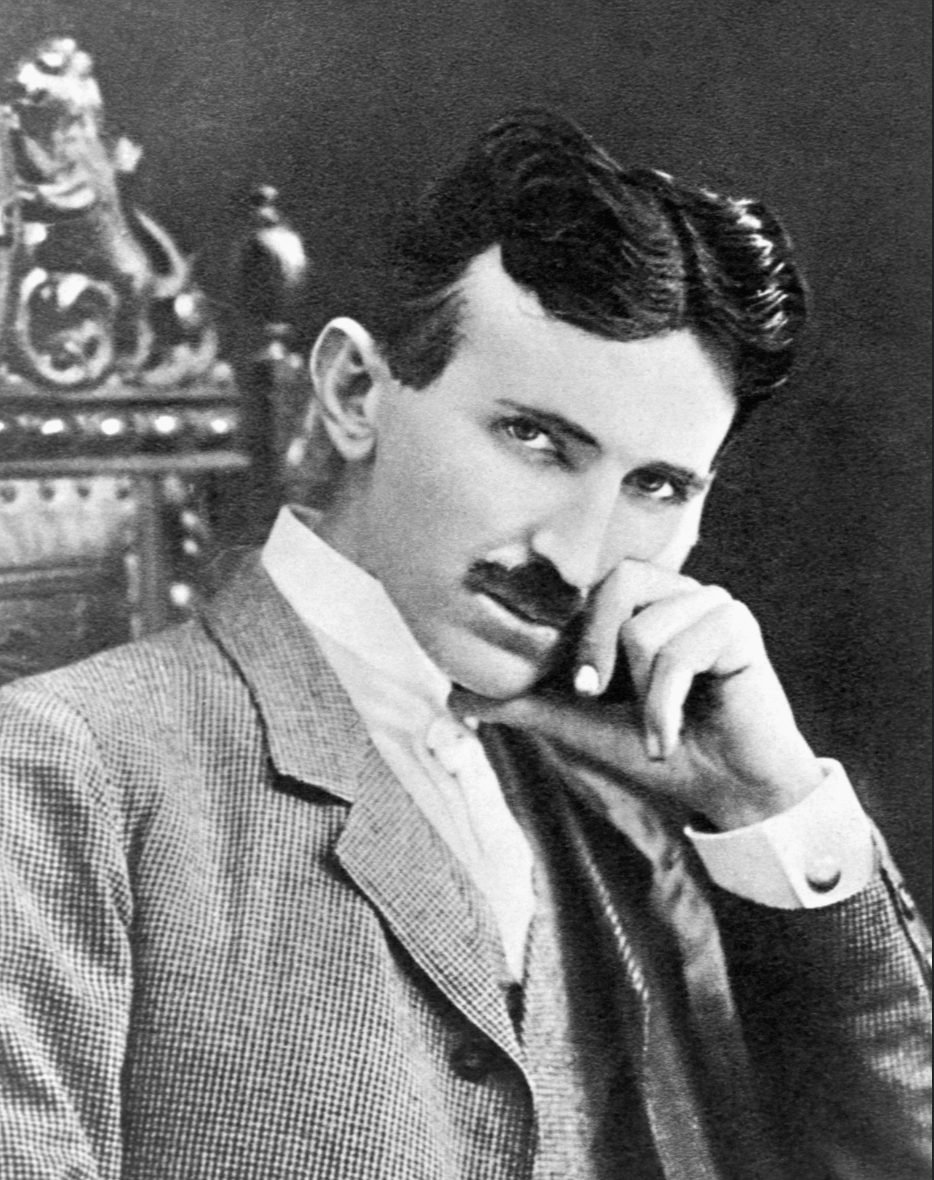
Nikola Tesla: The Genius Forgotten
Author: Shai Lang
How much do you know about the creator of remote control and alternate current motors? Many don’t realize how an unappreciated man such as Nikola Tesla could be so vital to the world of electricity. Tesla is well-known for his Tesla coil and alternate current (AC) motor. Even though many people know of Tesla’s achievements, they may not know that Tesla had an interesting upbringing, from his small and sometimes strange experiments to the bustling streets of New York. Along the way, Tesla learned and mastered very valuable life lessons. Tesla’s life full of curiosity in his childhood and young-adult life influenced his path to become a founding father of electricity because he was a visionary who used willpower and perseverance to brighten our world.
Tesla was a very frail and introverted boy in his small town in what is present-day Croatia. Although he was skinny, pale, and looked like he had lost a great deal of sleep, he would make up for it in his willpower. On top of that, Tesla was more susceptible to illness than a normal person would be. This quote from Tesla: Inventor of the Modern, Richard Munson explains Tesla’s battle and victory with malaria: “Tesla, in fact, was prone to disease, and he contracted malaria in the low and marshy Karlovac, which is positioned at the confluence of four rivers. Despite drinking enormous amounts of quinine, he suffered for months” (Munson 23). This quote shows Tesla’s willpower because malaria is a very hard infection to fight. This sense of willpower later helped Tesla stop himself from becoming lazy. For example, Tesla was very interested in playing pool and poker, sometimes spending a lot of his earnings on pool or poker. After a few weeks, he noticed his gambling was getting out of hand and completely stopped, no matter how much he loved it. Another example that describes Tesla’s willpower is when he gave up several habits that would take someone years to accomplish: “Tesla tempered several other habits and passions, too. Having been an obsessive smoker, burning fifteen or twenty big black cigars every day, he slowly realized the practice was damaging his health, so, according to Tesla, ‘my will asserted itself and I not only stopped but destroyed all inclination.’ He gave up coffee, worried that it was leading to heart trouble, although he confessed this particular discipline proved most difficult” (Munson 31). This shows Tesla’s willpower because habits such as smoking and drinking coffee are very hard to stop, much less stop longing for it. Giving up these habits led to Tesla living longer as he was prone to illness. It also gave him more time to work on his ideas. This would help Tesla later on in his life because he would be able to give up things that stopped him from making inventions.
Tesla was born during a very violent thunderstorm. The midwife was frightened, saying that Tesla would be “ a child of the storm” but his mother refused and said “No, of light.” What Tesla’s mother meant about him being a child of light is that he would persevere in everything he did to try to make the world a brighter place. A quote that best describes Tesla’s perseverance is when he discovers a way that he might be able to create a commutator-less motor:“‘I have solved the problem. Now I can die happy. But I must live. I must return to work and build the motor so I can give it to the world. No more will men be slaves to hard tasks. My motor will set them free. It will do the work of the world”’ (Munson 39). What Tesla is trying to create is known as a commutator-less motor. It is basically a motor that doesn’t flow electricity in a direct current but can alternate instead. This means that it can cover more distances and light up more houses with less motors. The fact that Tesla would even believe that this is possible shows Tesla’s perseverance because no matter where he was he was thinking of how he could accomplish his goal to build the motor. When Tesla discovered the motor, he was taking an evening stroll, reciting Goethe’s Faust and quickly drawing his idea in the dirt. This shows that no matter where Tesla was, it was all just the steps for him to accomplish his goal. Another quote that describes Tesla’s perseverance is when Tesla describes his AC motor to some of Edison’s engineers: “Tesla showed some Edison men his vision for an AC motor that utilized several alternating currents. ‘My idea,’ he said, ‘was that the more wires I used the more perfect would be the action of the motor.’ Yet the pragmatic and cost conscious Edison engineers scoffed at the scientist’s ideal, complaining copper wires were the most expensive part of an electrical distribution system; they wanted less, not more, wiring” (Munson 43). This shows that even though Tesla’s motor was deemed impossible by many, he still put every ounce of his effort into it. This later on helped Tesla to create other inventions. Tesla would not have invented remote control without his perseverance.
Tesla was also a visionary, being able to envision inventions in his head without putting them on paper or making a model out of them. A quote that describes Tesla’s ability to envision his projects is when he explains his process of inventing: “Later in life, he explained his creative process: ‘In my work, I first get a ‘feeling’ that there is a solution to a problem… then I think generally over the problems, not concentrating on any one point…Finally I close around on the idea, and the image that was at first blurred gets sharper and sharper–until in time it becomes a reality… I can give exact measurements to the workmen without having made even a sketch”’ (Munson 44-45). This shows Tesla’s use of his mind to envision all of his inventions because he clearly states that he doesn’t sketch a single thing on paper. To be able to have the brain capacity to do that and still safely go through daily life is quite incredible. This helped Tesla throughout his whole life because he could think of all of his inventions in his head without being worried that someone would copy his invention or that he would lose the plans for his invention. In the Britannica School article “Nikola Tesla” by Inez Whitaker Hunt, it shows Tesla’s visionary capabilities: “Tesla was a godsend to reporters who sought sensational copy but a problem to editors who were uncertain how seriously his futuristic prophecies should be regarded. Caustic criticism greeted his speculations concerning communication with other planets, his assertions that he could split the Earth like an apple, and his claim of having invented a death ray capable of destroying 10,000 airplanes at a distance of 400 km” (Hunt). Even though Tesla’s propositions seem far-fetched, his ability to come up with ways to back up his ideas were all the work of his mind being able to see visions. These futuristic prophecies made Tesla think of more intelligent life and even though people didn’t believe him back then, scientists still search the skies for signs of other lifeforms.
Because Tesla had willpower, persevered, and was a visionary, he could accomplish his goals for himself and the world. By accomplishing these goals, although becoming unappreciated, he made the world a brighter place both literally and figuratively. Because Tesla had willpower, he had the drive to continue his work and end his obsessive habits. By persevering, he was able to change the way electricity ran with his alternating current motor which used forces of nature that hadn’t been discovered yet. And with his uncanny ability to envision anything he wanted in his head with exact precision was incredibly useful in making sure that none of his work was copied or lost. In researching the life of Nikola Tesla, I have been inspired by his ability to get back up when knocked down. So many times he was pushed away because his designs were too costly, too risky, or too complicated, but no matter what he always reached his goal in the end. Without Tesla’s influence in the electrical world, the twenty-first century wouldn’t be as bright as it is today.
Tesla Coil:

Works Cited:
Munson, Richard. Tesla: Inventor of the Modern. W.W. Norton & Amp; Company, 2019.
Nikola Tesla Article: “Nikola Tesla.” Britannica School, Encyclopædia Britannica, 20 Mar. 2017. school.eb.com/levels/middle/article/Nikola-Tesla/71814#. Accessed 14 Apr. 2020
Read More
#GraduateTogether
Join the Class of 2020 high school seniors for their virtual graduation with commencement speaker former Pres. Barack Obama and other special guests on Saturday, May 16th at 8pm. More info here: graduatetogether2020.com
